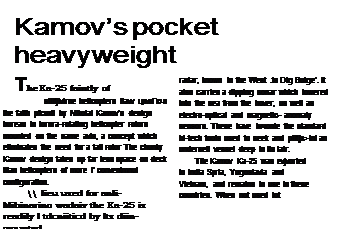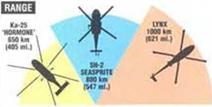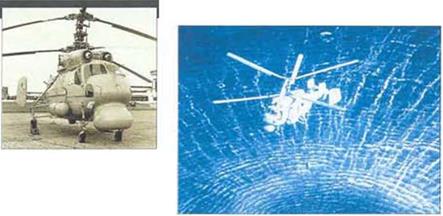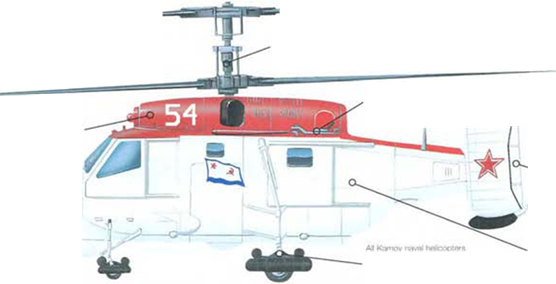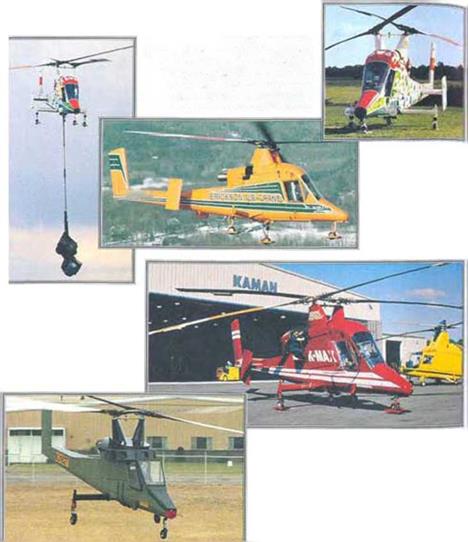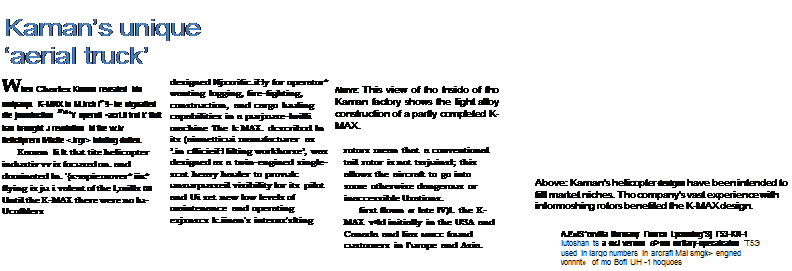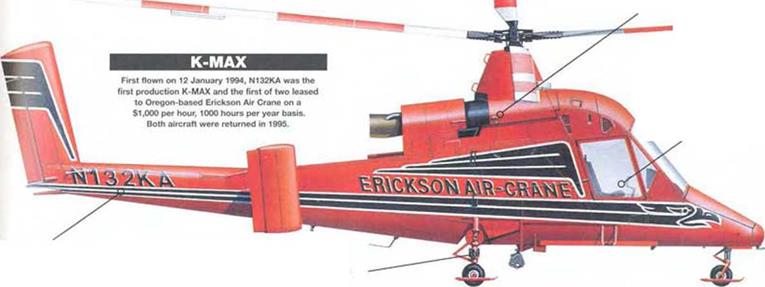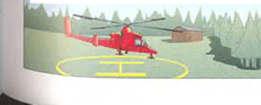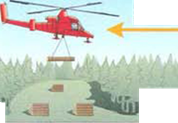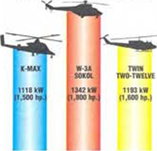BBS small yet capable BO 105 ha* woo a well-deserved reputation for performance ami relability since « first Hew ovci 30 усип» ago Today ibis adaptable craft is in worldwide militaiy лкі civilian service.
To ill-, pilot, Ibe l« > 105 is a delight lo fly, Offering good flying cliarancristics with great agility thanks to its rigid rotors The current IK) 105 with sealing
The ВО Г05 ‘s small sizo and good performance moan that it can land in places other helicopters would find impossible.
lor six in an extended fuselage is regarded as one nl the most sensible and effective ligfit helicopters in the world, offering a superb view from its rounded lontour nose.
Rescue versions of tlu*
BO 105 have saved iIkhisuikIs ol people m lifc-threalcnmg situations It has made a great
impact in construction. amlnilaiKc and police work, as well as forming the basis for
one of the most capaNe tank- destroyers currently in military service.
Now Ix-iitg marketed bv the miiltinallonal L’umcoptcr concern, ilte BO 105 is a classic design which cofies admitahly with every task to which it has l>een assigned
 |
|
Roof-mounted tnlm-md
*>QhU ftkrr, the crew to cany out. шаек» at nght and n bed ммйrur. Some 00 ICfto also h»,o high maomtraton device*, end рейсе ana emergency vereona usoo iwrre secerns and cameras
|
|
|
The 80 105 raj an ихгЛшп I. C***>•■ wm deary vwl out Wtumente «по xa centra» am w*h ««cccxcoai nstokty In ann-ermaj’ form « Я Ikjwn Oy a crow ut rwo
|
|
|
The many missions of the BO 105
|
|
|
■ MULTI-MISSION: Sweden took delivery of 24 BO 105s In the ■ OBSERVATION AND LIAISON: The excellent vts»t> ty from Ute 1960s Most were anti-tank variant», but a number were the BO 105 makes It suitable for both military and civ* observat OWigunxJ for bad weather and Arctic search end rescue. dutie*. Heerwfkeger BO 105s am atoo used as light transport»

|
|
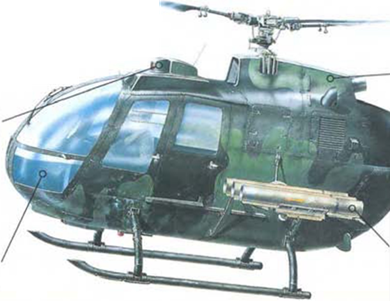
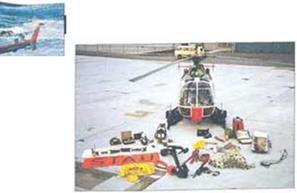
MBB (Eurocopter) ВО 105
ВО 105 СВ
Type: .ght general-purpose helicopter
Powerplant: two 313-kW (419-hp I Attson 250- C20B turboshaft engines
Maximum speed: 242 km/h |150 m p. h) at sea level
Rate ol climb: 570 mtam (1.870 f p. m | at иа level
Range: r.85 km 063 ml.) at sen kr. n
Weights: empty 1277 kg (2815 lb.), loaded 2500 kg (5.511 to.)
The tough and геЧаЫо BO 105 has found a ready nrnkot with law enforcement agencies. This comprehensively-equipped example is flown by tfto Bavanan State Police.
Accommodation: one pilot and tour to %>* passengers or 870 kg (1.918 to.) 0» cargo
Dimensions: rotor span 9 82 m (32 ft 2 in,) length 11 84 m (38 ft. 9m) height 2.98 m (9 ft 9 in.)
|
Го рплт)о Uteri» МаЫйу. the PAH t the ‘ГОЛІ ВО "C6 dertv. ilNvs, rs И too with a
іяіуАі twODOded Sfirm-nge MnKo
|
|
|
Meet kgtft netoopiors hove onV one engtoe. tne 80 105 is йшла» in havhg two. The ie on moonant advantage ш a hgkgoOfor, * cne ongno Шу the machine con gel home on the other
|
|
|
|
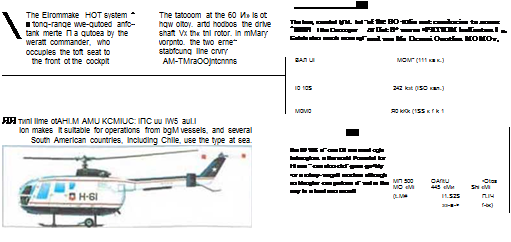 |
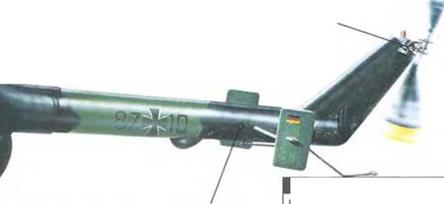

MBB Eurocopter

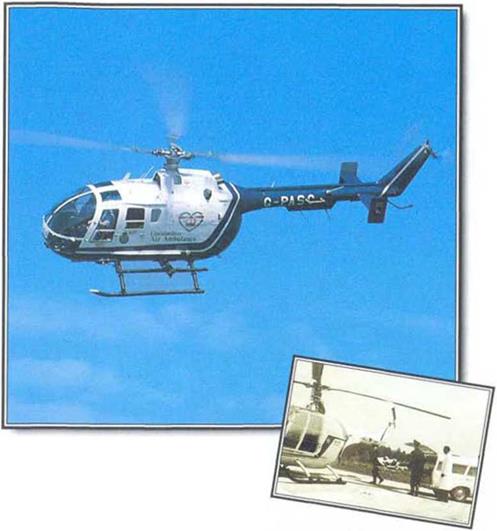

![]()

![]()
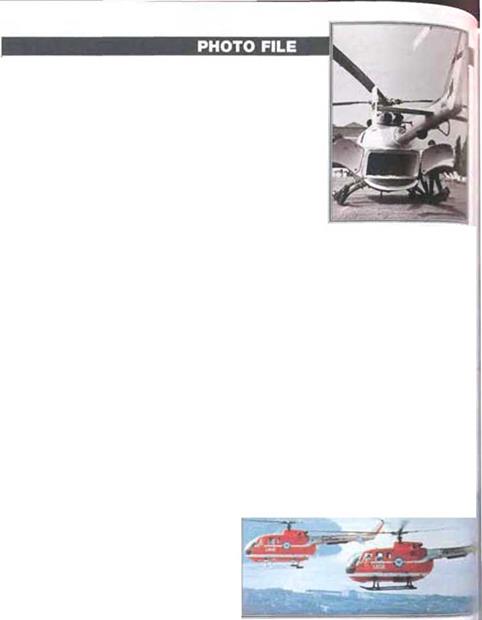 A Health service helicopters
A Health service helicopters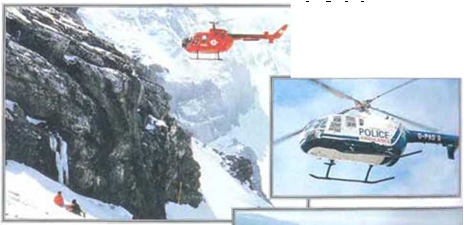
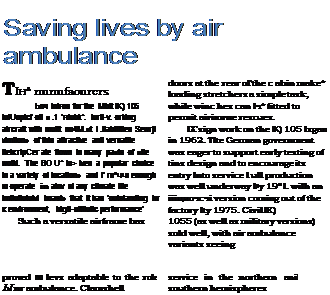
























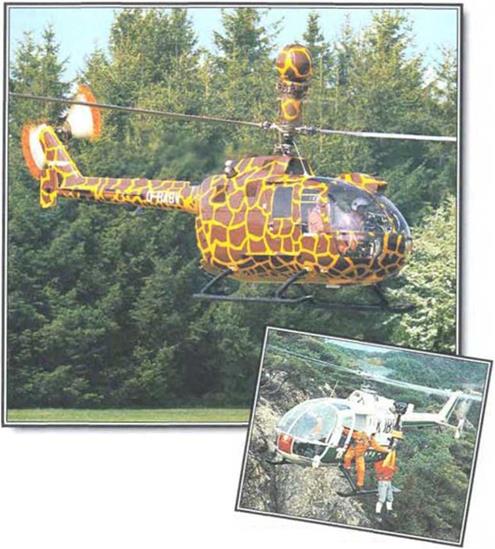
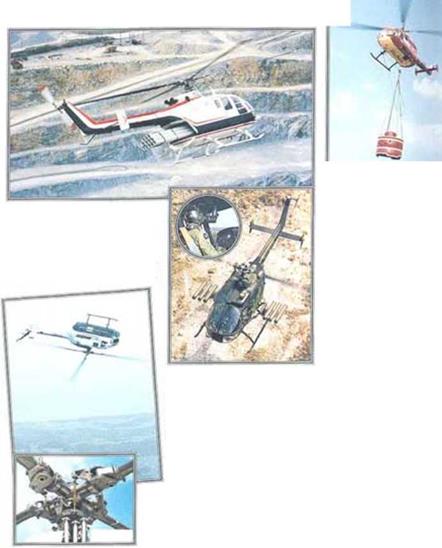
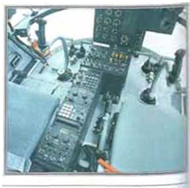
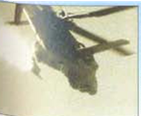

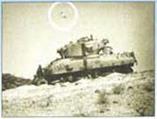
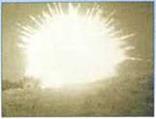

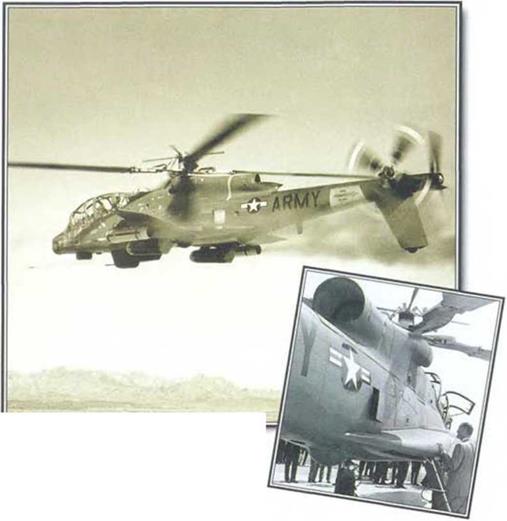
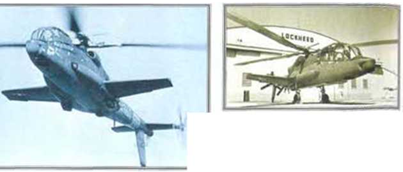

 A Ahead of its time
A Ahead of its time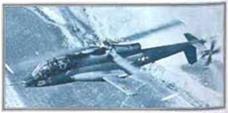











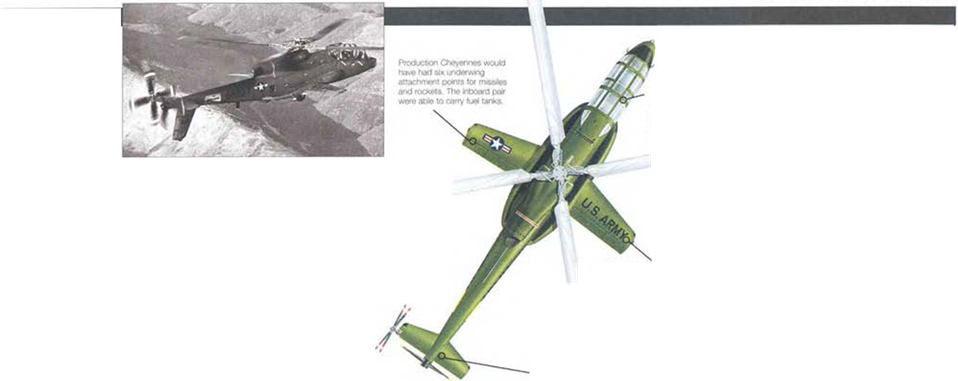



 Inside the Helix’д
Inside the Helix’д






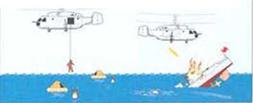
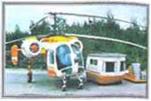
 After developing the Ka-126. Kamov passed responsibility for tho production to IAR in Romania. Some customers havo had their older Ka-26s modified to Ka-126 standard.
After developing the Ka-126. Kamov passed responsibility for tho production to IAR in Romania. Some customers havo had their older Ka-26s modified to Ka-126 standard.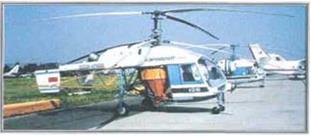
 Even when configured for the carnago of seven passengers, the Kn-26 is a remarkably small helicopter. Few Russian aircraft havo been exported so successfully.
Even when configured for the carnago of seven passengers, the Kn-26 is a remarkably small helicopter. Few Russian aircraft havo been exported so successfully.



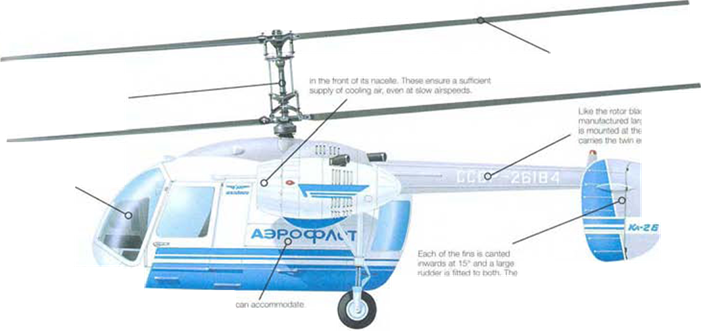



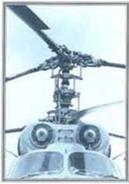
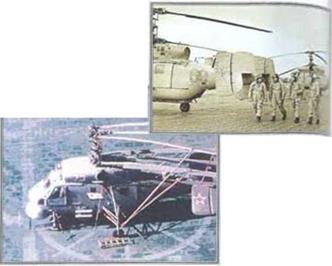


 A Sub-chaser
A Sub-chaser